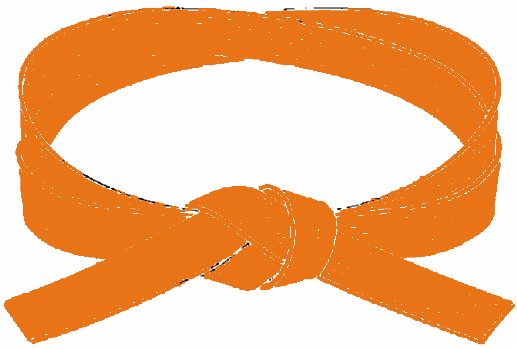Shikaku (Eligibility Requirements)
To be eligible to test for jukkyū, a candidate must meet all of the eligibility requirements listed below: have participated in at least 20 one-hour karate classes conducted during a period of not less than six weeks since beginning his or her training as a shoshinsha, own and wear a karate-gi conforming to Seishin-Kan standards, exhibit apppropriate behaviour and attitude in the dōjō, and submit a written request for promotion testing on the apppropriate form.
| n | A minimum of six (6) weeks training in Shimabukuro-ha Shitō-Ryū karate-dō | |
| n | Participate in a minimum of twenty (20) one-hour karate training classes |
| n | Own and wear a karate-gi that conforms to Seishin-Kan standards | |
| n | Consistently exhibit appropriate attitude and behaviour in the dōjō | |
| n | Submit a written request for promotion testing on the prescribed form |
>back to top


